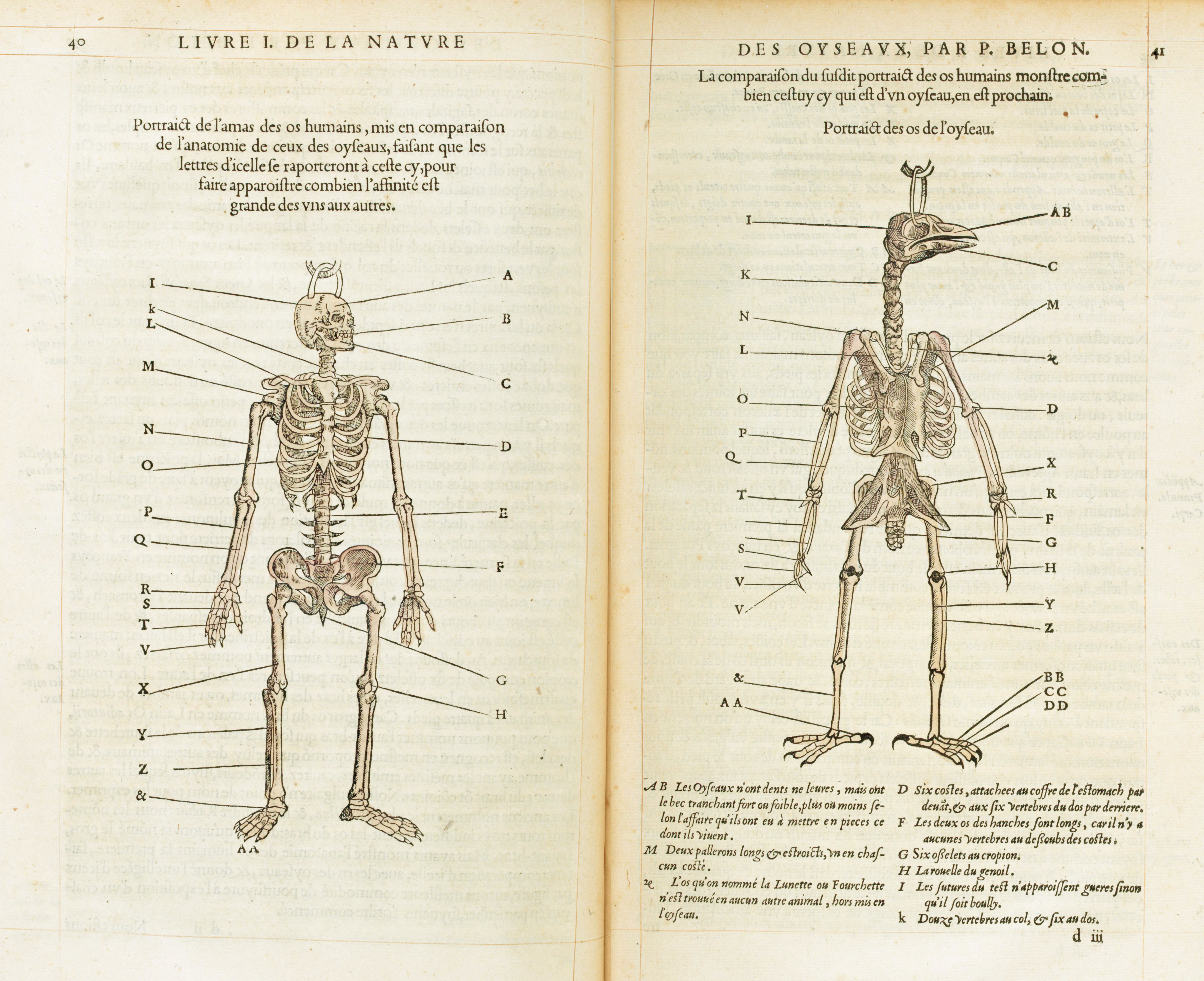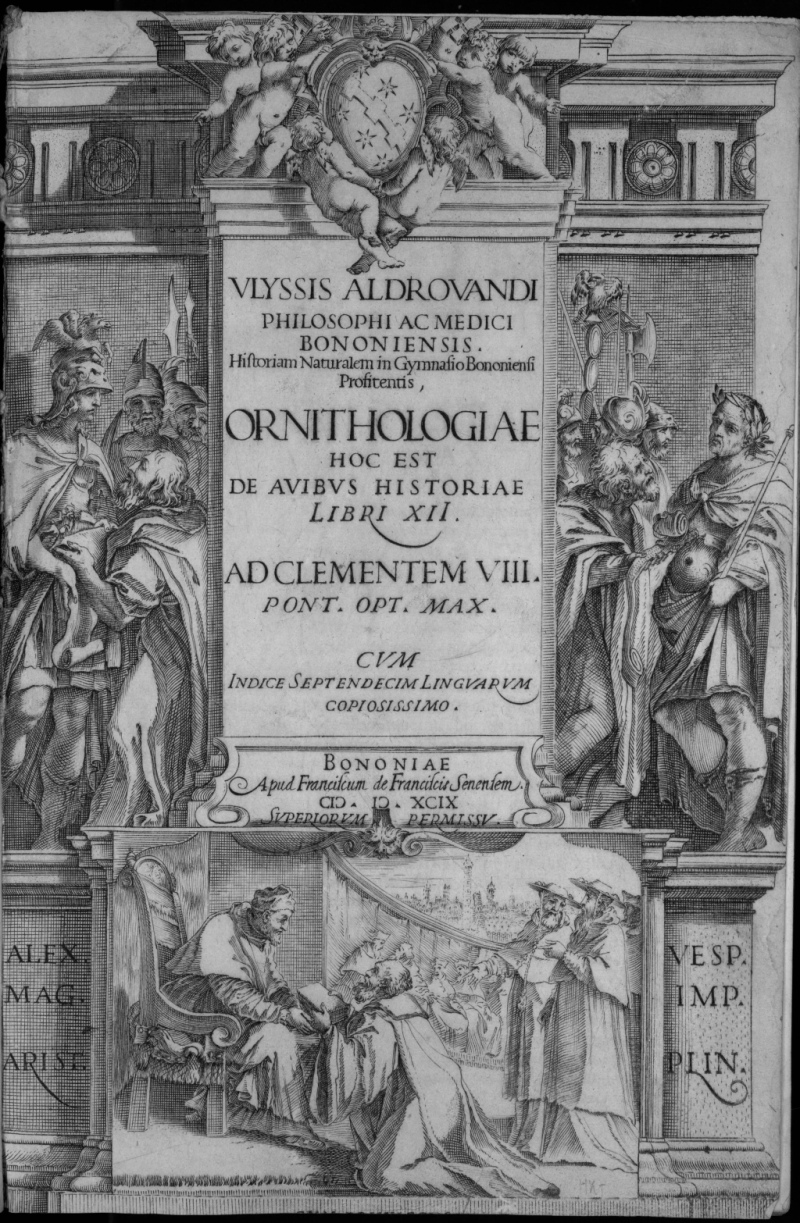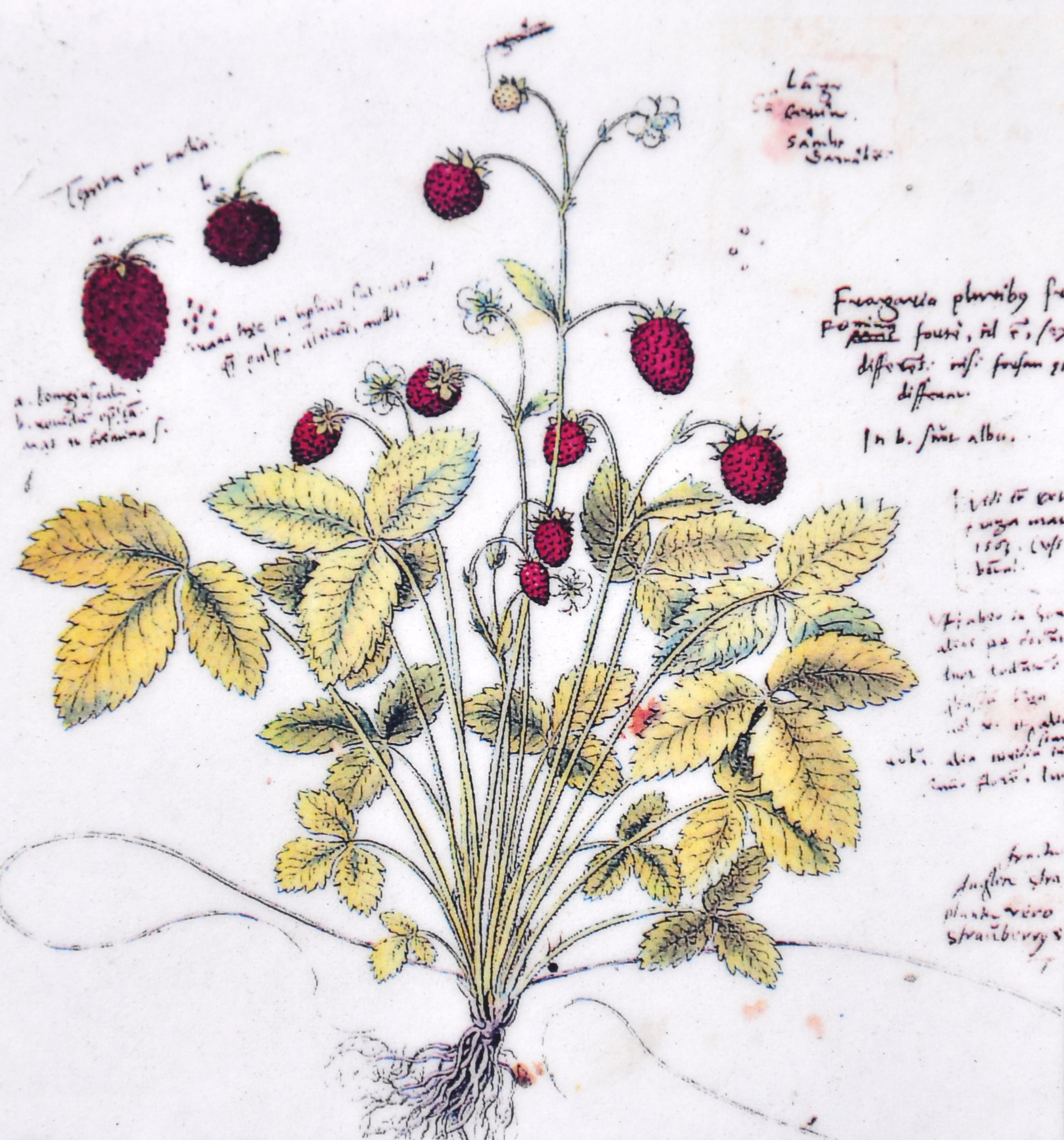|
Illustrations Of The Family Of Psittacidae, Or Parrots
''Illustrations of the Family of Psittacidae, or Parrots'' is an 1832 book containing 42 hand-coloured lithographs by Edward Lear. He produced 175 copies for sale to subscribers as a part-publication, which were later bound as a book. Lear started painting parrots in 1830 when he was 18 years old, and to get material for his book he studied live birds at the London Zoo and in private collections. The latter included those of Edward Smith Stanley, later 13th Earl of Derby, who had a large menagerie at Knowsley Hall, and Benjamin Leadbeater, a taxidermist and trader in specimens. Lear drew onto lithographic plates for printing by Charles Joseph Hullmandel, who was known for the quality of his reproductions of fine art. Although the book was a financial failure, Lear's paintings of parrots established his reputation as one of the best natural history artists of his time. It found him work with John Gould, Stanley and other leading contemporary naturalists, and the young Queen Vic ... [...More Info...] [...Related Items...] OR: [Wikipedia] [Google] [Baidu] |
Red-capped Parrot
The red-capped parrot (''Purpureicephalus spurius'') is a species of broad-tailed parrot native to southwestern Australia. It was described by Heinrich Kuhl in 1820, with no subspecies recognised. It has long been classified in its own genus owing to its distinctive elongated beak, though genetic analysis shows that it lies within the lineage of the '' Psephotellus'' parrots and that its closest relative is the mulga parrot (''Psephotellus varius''). Not easily confused with other parrot species, it has a bright crimson crown, green-yellow cheeks, and a distinctive long bill. The wings, back, and long tail are dark green, and the underparts are purple-blue. The adult female is very similar though sometimes slightly duller than the male; her key distinguishing feature is a white stripe on the wing under-surface. Juveniles are predominantly green. Found in woodland and open savanna country, the red-capped parrot is predominantly herbivorous, consuming seeds, particularly of euca ... [...More Info...] [...Related Items...] OR: [Wikipedia] [Google] [Baidu] |
Walton Ford
Walton Ford (born 1960 in Larchmont, New York) is an American artist who makes paintings and prints in the style of naturalist illustrations, often depicting extinct species. Each of his paintings is a meticulous, realistic study in flora and fauna, and is filled with symbols, clues, and jokes referencing texts ranging from colonial literature, to folktales, to travel guides. The paintings are complex allegorical narratives that critique the history of colonialism, industrialism, politics, natural science, and humanity's effect on the environment. Early life and career Ford recalled taking trips into the deep forest in Canada with his father as a child, exposing him to unspoiled wilderness. As a teenager, Ford became immersed in the underground cartoons of the 1960s, including ZAP and anything by Robert Crumb, who he considers "a major influence". He attended the Rhode Island School of Design, Providence, Rhode Island, and in 1982 was granted a BFA degree in Filmmaking. He h ... [...More Info...] [...Related Items...] OR: [Wikipedia] [Google] [Baidu] |
Proverb
A proverb (from la, proverbium) is a simple and insightful, traditional saying that expresses a perceived truth based on common sense or experience. Proverbs are often metaphorical and use formulaic speech, formulaic language. A proverbial phrase or a proverbial expression is a type of a conventional saying similar to proverbs and transmitted by oral tradition. The difference is that a proverb is a fixed expression, while a proverbial phrase permits alterations to fit the grammar of the context. Collectively, they form a folklore genre, genre of folklore. Some proverbs exist in more than one language because people borrow them from languages and cultures with which they are in contact. In the West, the Bible (including, but not limited to the Book of Proverbs) and medieval Latin (aided by the work of Erasmus) have played a considerable role in distributing proverbs. Not all Biblical proverbs, however, were distributed to the same extent: one scholar has gathered evidence to show ... [...More Info...] [...Related Items...] OR: [Wikipedia] [Google] [Baidu] |
Christian Church
In ecclesiology, the Christian Church is what different Christian denominations conceive of as being the true body of Christians or the original institution established by Jesus. "Christian Church" has also been used in academia as a synonym for Christianity, despite the fact that it is composed of multiple churches or denominations, many of which hold a doctrinal claim of being the "one true church", to the exclusion of the others. For many Protestant Christians, the Christian Church has two components: the church visible, institutions in which "the Word of God purely preached and listened to, and the sacraments administered according to Christ's institution", as well as the church invisible—all "who are truly saved" (with these beings members of the visible church). In this understanding of the invisible church, "Christian Church" (or catholic Church) does not refer to a particular Christian denomination, but includes all individuals who have been saved. The branch theory, ... [...More Info...] [...Related Items...] OR: [Wikipedia] [Google] [Baidu] |
Aristotle
Aristotle (; grc-gre, Ἀριστοτέλης ''Aristotélēs'', ; 384–322 BC) was a Greek philosopher and polymath during the Classical period in Ancient Greece. Taught by Plato, he was the founder of the Peripatetic school of philosophy within the Lyceum and the wider Aristotelian tradition. His writings cover many subjects including physics, biology, zoology, metaphysics, logic, ethics, aesthetics, poetry, theatre, music, rhetoric, psychology, linguistics, economics, politics, meteorology, geology, and government. Aristotle provided a complex synthesis of the various philosophies existing prior to him. It was above all from his teachings that the West inherited its intellectual lexicon, as well as problems and methods of inquiry. As a result, his philosophy has exerted a unique influence on almost every form of knowledge in the West and it continues to be a subject of contemporary philosophical discussion. Little is known about his life. Aristotle was born in th ... [...More Info...] [...Related Items...] OR: [Wikipedia] [Google] [Baidu] |
Philosopher
A philosopher is a person who practices or investigates philosophy. The term ''philosopher'' comes from the grc, φιλόσοφος, , translit=philosophos, meaning 'lover of wisdom'. The coining of the term has been attributed to the Greek thinker Pythagoras (6th century BCE).. In the Classics, classical sense, a philosopher was someone who lived according to a certain way of life, focusing upon resolving Meaning of life, existential questions about the human condition; it was not necessary that they discoursed upon Theory, theories or commented upon authors. Those who most arduously committed themselves to this lifestyle would have been considered ''philosophers''. In a modern sense, a philosopher is an intellectual who contributes to one or more branches of philosophy, such as aesthetics, ethics, epistemology, philosophy of science, logic, metaphysics, social theory, philosophy of religion, and political philosophy. A philosopher may also be someone who has worked in the hum ... [...More Info...] [...Related Items...] OR: [Wikipedia] [Google] [Baidu] |
Ancient Greek
Ancient Greek includes the forms of the Greek language used in ancient Greece and the ancient world from around 1500 BC to 300 BC. It is often roughly divided into the following periods: Mycenaean Greek (), Dark Ages (), the Archaic period (), and the Classical period (). Ancient Greek was the language of Homer and of fifth-century Athenian historians, playwrights, and philosophers. It has contributed many words to English vocabulary and has been a standard subject of study in educational institutions of the Western world since the Renaissance. This article primarily contains information about the Epic and Classical periods of the language. From the Hellenistic period (), Ancient Greek was followed by Koine Greek, which is regarded as a separate historical stage, although its earliest form closely resembles Attic Greek and its latest form approaches Medieval Greek. There were several regional dialects of Ancient Greek, of which Attic Greek developed into Koine. Dia ... [...More Info...] [...Related Items...] OR: [Wikipedia] [Google] [Baidu] |
Pierre Belon
Pierre Belon (1517–1564) was a French traveller, naturalist, writer and diplomat. Like many others of the Renaissance period, he studied and wrote on a range of topics including ichthyology, ornithology, botany, comparative anatomy, architecture and Egyptology. He is sometimes known as Pierre Belon du Mans, or, in the Latin in which his works appeared, as Petrus Bellonius Cenomanus. The Russian physiologist Ivan Pavlov (known for Pavlov's dogs) called him the "prophet of comparative anatomy". Life Belon was born in 1517 at the hamlet of Souletière near Cérans-Foulletourte in the Pays de la Loire. Nothing is known about his descent. Somewhere between 1532 and 1535 he started working as an apprentice to René des Prez, born in Foulletourte but by then an apothecary to the bishop of Clermont, Guillaume Duprat. Between 1535 and 1538 he entered the service of René du Bellay, bishop of Le Mans, who allowed him to study medicine at the University of Wittenberg with the botanist Va ... [...More Info...] [...Related Items...] OR: [Wikipedia] [Google] [Baidu] |
Ulisse Aldrovandi
Ulisse Aldrovandi (11 September 1522 – 4 May 1605) was an Italian naturalist, the moving force behind Bologna's botanical garden, one of the first in Europe. Carl Linnaeus and the comte de Buffon reckoned him the father of natural history studies. He is usually referred to, especially in older scientific literature in Latin, as Aldrovandus; his name in Italian is equally given as Aldroandi. Life Aldrovandi was born in Bologna to Teseo Aldrovandi and his wife, a noble but poor family. His father was a lawyer, and Secretary to the Senate of Bologna, but died when Ulisse was seven years old. His widowed mother wanted him to become a jurist. Initially he was sent to apprentice with merchants as a scribe for a short time when he was 14 years old, but after studying mathematics, Latin, law, and philosophy, initially at the University of Bologna, and then at the University of Padua in 1545, he became a notary. His interests successively extended to philosophy and logic, which he c ... [...More Info...] [...Related Items...] OR: [Wikipedia] [Google] [Baidu] |
Conrad Gessner
Conrad Gessner (; la, Conradus Gesnerus 26 March 1516 – 13 December 1565) was a Swiss physician, naturalist, bibliographer, and philologist. Born into a poor family in Zürich, Switzerland, his father and teachers quickly realised his talents and supported him through university, where he studied classical languages, theology and medicine. He became Zürich's city physician, but was able to spend much of his time on collecting, research and writing. Gessner compiled monumental works on bibliography (''Bibliotheca universalis'' 1545–1549) and zoology (''Historia animalium'' 1551–1558) and was working on a major botanical text at the time of his death from plague at the age of 49. He is regarded as the father of modern scientific bibliography, zoology and botany. He was frequently the first to describe species of plants or animals in Europe, such as the tulip in 1559. A number of plants and animals have been named after him. Life Conrad Gessner was born on 26 March 1516, ... [...More Info...] [...Related Items...] OR: [Wikipedia] [Google] [Baidu] |
Pepys Copy Of Willughby's Ornithology
Samuel Pepys (; 23 February 1633 – 26 May 1703) was an English diarist and naval administrator. He served as administrator of the Royal Navy and Member of Parliament and is most famous for the diary he kept for a decade. Pepys had no maritime experience, but he rose to be the Chief Secretary to the Admiralty under both King Charles II and King James II through patronage, diligence, and his talent for administration. His influence and reforms at the Admiralty were important in the early professionalisation of the Royal Navy. The detailed private diary that Pepys kept from 1660 until 1669 was first published in the 19th century and is one of the most important primary sources for the English Restoration period. It provides a combination of personal revelation and eyewitness accounts of great events, such as the Great Plague of London, the Second Dutch War, and the Great Fire of London. Early life Pepys was born in Salisbury Court, Fleet Street, London, on 23 Februar ... [...More Info...] [...Related Items...] OR: [Wikipedia] [Google] [Baidu] |
The Voyage Of The Beagle
''The Voyage of the Beagle'' is the title most commonly given to the book written by Charles Darwin and published in 1839 as his ''Journal and Remarks'', bringing him considerable fame and respect. This was the third volume of ''The Narrative of the Voyages of H.M. Ships Adventure and Beagle'', the other volumes of which were written or edited by the commanders of the ships. ''Journal and Remarks'' covers Darwin's part in the second survey expedition of the ship HMS ''Beagle''. Due to the popularity of Darwin's account, the publisher reissued it later in 1839 as Darwin's ''Journal of Researches'', and the revised second edition published in 1845 used this title. A republication of the book in 1905 introduced the title ''The Voyage of the "Beagle"'', by which it is now best known. ''Beagle'' sailed from Plymouth Sound on 27 December 1831 under the command of Captain Robert FitzRoy. While the expedition was originally planned to last two years, it lasted almost five—''Beagle' ... [...More Info...] [...Related Items...] OR: [Wikipedia] [Google] [Baidu] |


_abbatiale_1.jpg)





